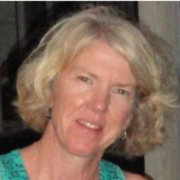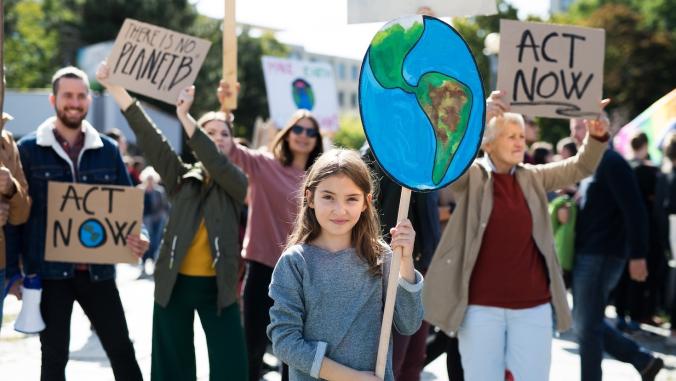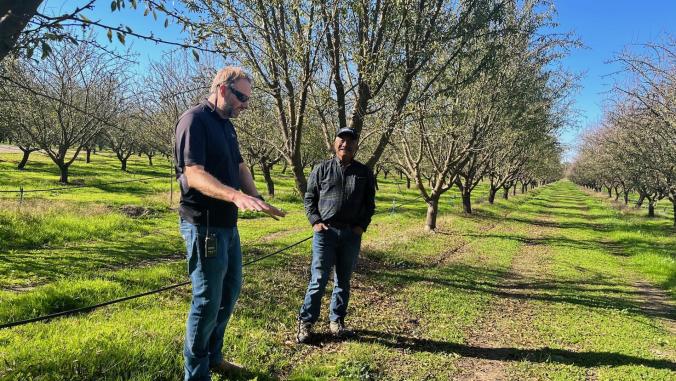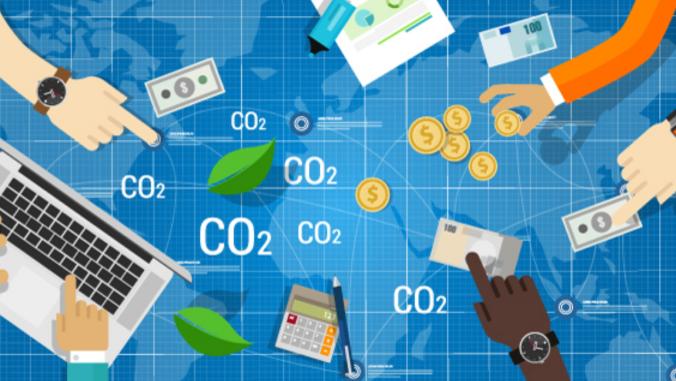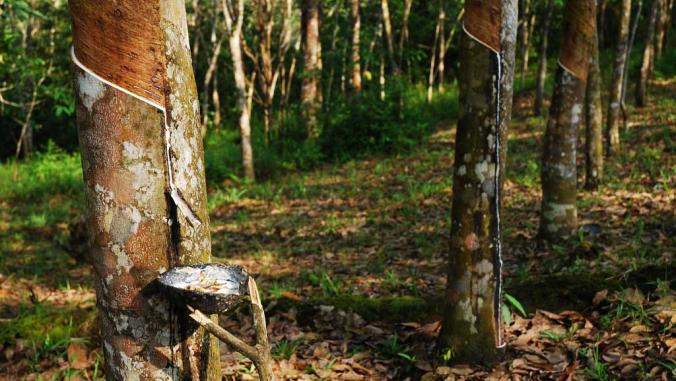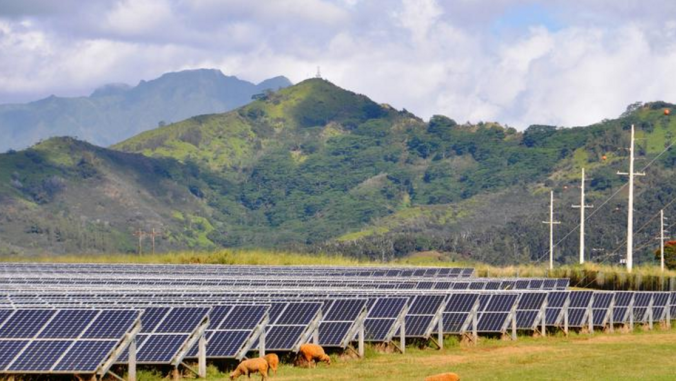Meet the 22-year-olds tackling our plastic waste
Start-up BioCellection is negotiating for the first commercial use of its polystyrene recycling technology.

When they were not yet 20 years old, Miranda Wang and Jeanny Yao came up with a scientific breakthrough to solve one of the most stubborn environmental problems — what to do with millions of tons of plastic waste that spoil our oceans and fill our landfills.
Now, having parlayed a high school biotechnology science project into university majors and then into winning a slew of prestigious business plan and social impact contests and then into a company — BioCellection — that has garnered nearly $400,000 from investors, Wang and Yao are on the cusp of a yet another breakthrough: commercialization.
The young scientist-entrepreneurs are negotiating what may be their first commercial contract for their technology, perhaps crossing that hurdle of turning a great scientific idea into a scalable, marketable product. Wang said a major California city is talking with them this week about integrating BioCellection’s technology into its waste recycling process.
What’s the science?
Wang and Yao have bioengineered a bacteria to break down plastic faster than the 500 to 1,000 years it takes for plastic to breakdown in a typical landfill.
Five years ago, as high school buddies in Vancouver, British Columbia, they toured a waste transfer station and were appalled at the plastic they saw collected with generally nowhere to go. They set about looking for bacteria in the local riverbed that would break down plastics that polluted the river. Offered space in a University of British Columbia lab, they tested the strains they collected and discovered that previously identified strains have evolved the ability to break down plasticizers.
Listen to Wang and Yao in person at VERGE 16 Sept. 19 to 22 in Santa Clara, California.
In their company's "upcycling"process, plastic waste is chemically broken down into a low molecular weight compound, which then can be fed to microbes, as a basic foodstuff or energy source. In turn, the engineered microbes produce biosurfactants for fabric manufacturing. Wang calls the upcycle products high value compounds.
There are millions of tons of plastic debris in the ocean — enough, said Wang, to compromise food safety for 4 billion people in some way or other.
There are millions of tons of plastic debris in the ocean — enough, said Wang, to compromise food safety for 4 billion people in some way or other. The worst is polystyrene because it basically has yet to be proven recyclable and ends up in the intestines of many types of fish.
Polystyrene
Wang, in an interview with GreenBiz while she was on the train to meet BioCellection's first potential customer, said they are hoping to integrate their technology for polystyrene break down into a municipal waste recycling process.
"We are really targeting polystyrene," she said. "Polystyrene is the No. 1 un-diverted plastic that goes to landfills and makes up a third of all the marine pollution — even though it is only 8 percent of all the plastic produced."
Polystyrene foam is often contaminated with food, making it an even less attractive as a recycled material. Wang said BioCellection’s approach is not only to effectively breakdown polystyrene but to do so in a way that has an upcycle potential — or a marketable use — as a basic food or carbon source for microbes.
At least one California city is interested.
Most curbside recycling programs do not accept foam polystyrene because it has low economic recycling value, is often contaminated and cannot be safely processed into oil based substitutes for energy.
BioCellection, however, is able to turn this troublesome plastic waste source into benign compounds, which can feed microbes that produce valuable compounds such as biosurfactants.
The biosufactants are the upcycle phase of their process because they can be used on raw cotton in the process of making thread and fabrics — replacing chemicals that are usually used on raw cotton.
As a consequence what was once polystyrene — what's commonly known as styrofoam and is often used to serve up coffee or take out food or as packaging foam peanuts — is something that can be used to generate valuable compounds that are beyond fossil fuel products.
The microbes can then be used in a variety of uses, one being the creation of biosufactants or bio-detergents used in process of making fabrics or cotton thread from raw cotton.
"Microbes can consume (the broken down carbon molecules) as an energy source and grow," Wang said. The microbes can then be used in a variety of uses, one being the creation of biosufactants or bio-detergents used in process of making fabrics or cotton thread from raw cotton. Bio-detergents would help create a more environmentally friendly way of making fabrics.
Wang said she and her partners have been on discussions with several apparel companies about this upcycle possibility.
Meanwhile, the actual signing of a recyling contract to find the value from the thrown-away polystyrene foam may be near at hand with the California city. BioCellection this week advertised on Twitter and Facebook for "a mechanical engineer who can design a multi-chemical solvent waste treatment machine."

We'll have to wait for a public announcement if the municipal deal goes through. But Wang does not express much doubt in the value of her company and its discoveries. She told NBC that BioCellection could grow to become a $100 million company in five years. Stay tuned.
The text of this story was updated to clarify the chemical processes involved.
